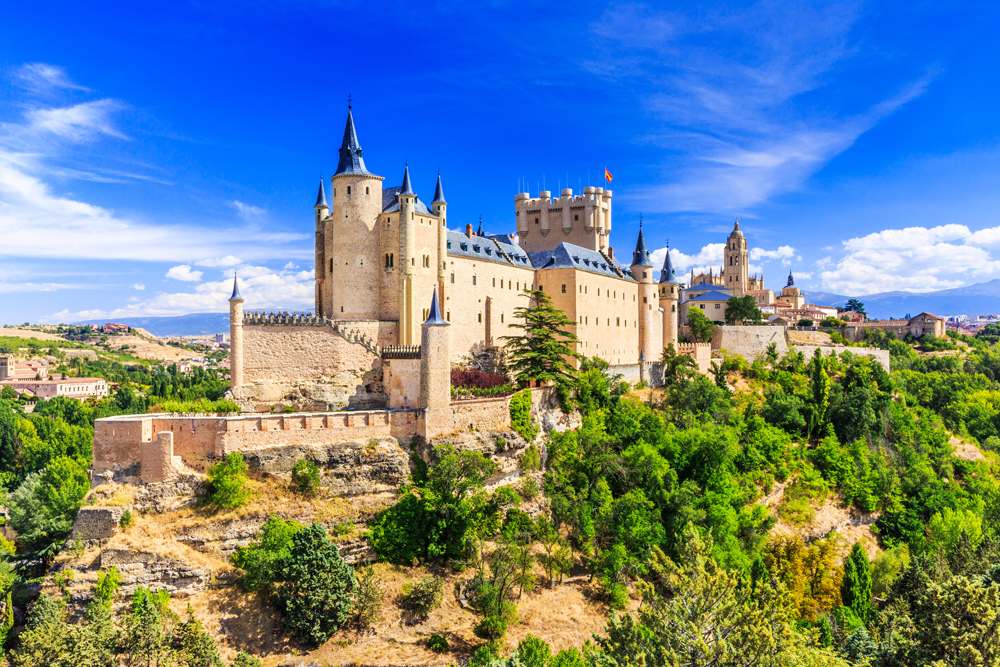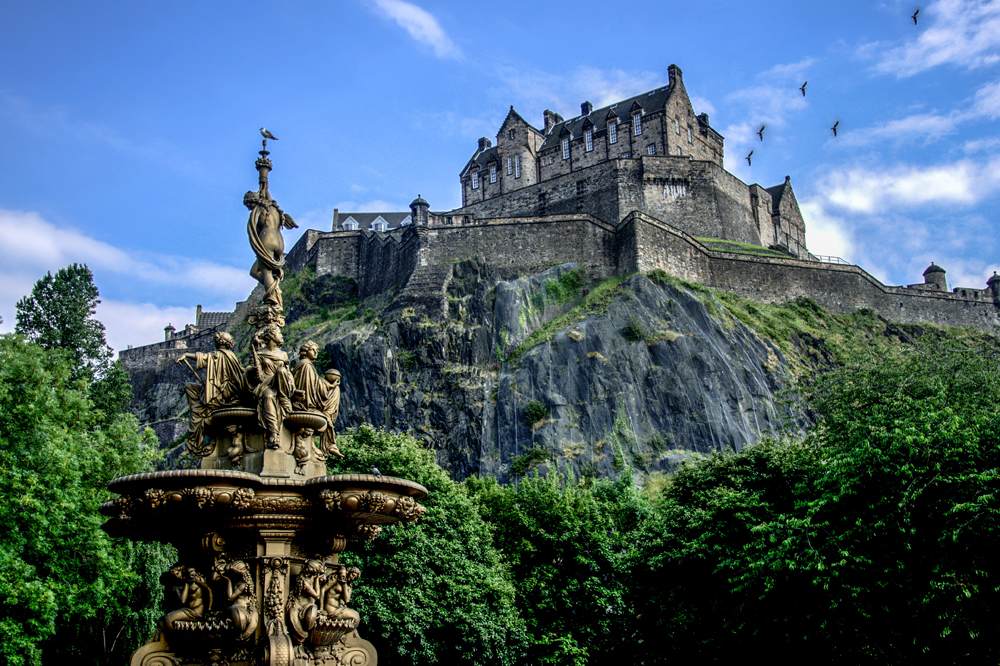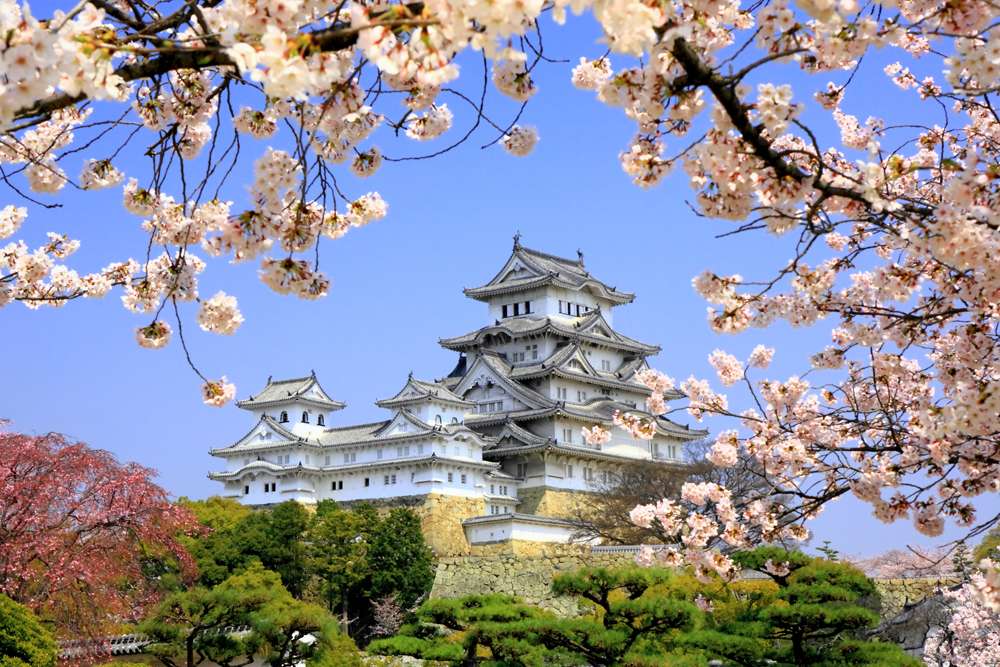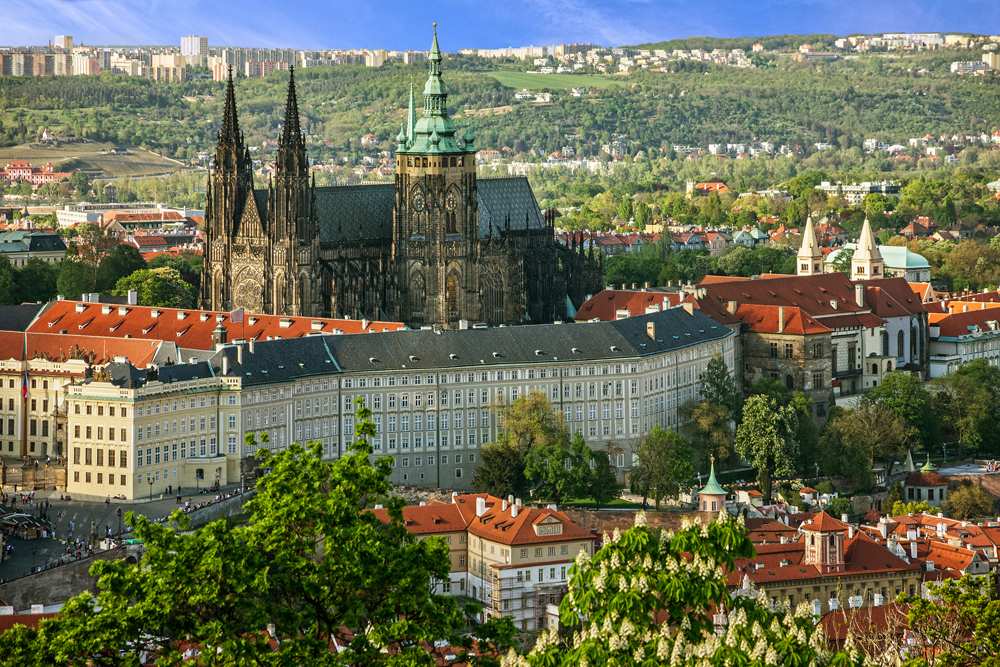
Visiting 6 of the World’s Greatest Medieval Castles
No matter your age, castles never lose their appeal. Maybe it’s that there’s a child living in all of us that is perpetually enamoured of massive stone and wood buildings made to withstand armies in ages past. Perhaps it’s that there’s a romantic allure to the fortresses that were home to knights and kings throughout the centuries. Or maybe it’s as simple as us all watching too much Game of Thrones. Whatever it is, castles remain some of the coolest buildings you can see when travelling. You’ll find them in parts of the Middle East and Japan, but they’re mostly a European construction, so it’s wise to stick to European borders if you want to see them.
Because we find castles endlessly interesting, we’ve put together a list of six of the world’s greatest castles. For the sake of managing the length of this list, we’ve limited ourselves to medieval castles and we’ve tried not to choose only the most popular buildings. That means no revivalist castles or palaces or anything that pre or post-dates the Middle Ages. Apologies to fairy tale fans, but you won’t find Neuschwanstein Castle listed here, as it was constructed in the late 19th century and was always meant more as a palace than a fortification. It’s a beautiful building and embodies the platonic ideal of a castle, but it’s so obvious, we formulated the guidelines so we could leave it off the list and focus on some other deserving landmarks. As well, we’ve left off any castles in dangerous parts of the world. Krak des Chevaliers is unquestionably one of the most significant castles in the world, but it’s also located in Syria, which is a country no one should visit for the foreseeable future.
The following is our excuse to rave about some of the coolest buildings you can see on trips across Europe and, in one case, Japan. Without further ado, here are six of the world’s greatest castles, presented in alphabetical order:
Alcazar of Segovia, Spain
Like most castles, Alcazar of Segovia is located on a hilltop, affording it a strategic advantage against any possible invaders (remember that at their heart, castles are military structures meant to withstand attack). It has tall spires and rises atop the green forest to make a striking image against the blue sky. It’s easily visited from Madrid, as it’s around an hour and a half northwest of the city.
This Spanish castle dates back to at least 1120 AD according to historical texts, but the actual site has been home to a fortification for at least a millennium before that. The Romans were the first to build a fort here, and then the Moors set up their own when they took Spain, and then the Christians took over the site when they drove the Moors out. It wasn’t until the 12th century that the wooden fort was replaced with the stone building as it exists today. Since the Middle Ages, it’s been used as a state prison and the home to the Royal Artillery School, and today houses an armoury museum. Even if you have no interest in the museum, you should make time to visit on a Spain vacation.

Cite de Carcassonne, France
Perhaps you’re familiar with the popular board game named after the Cite de Carcassonne, but even if you’re not, odds are the Cite de Carcassonne, a massive walled citadel in the south of France, is a familiar sight. This is because it embodies the ideal medieval castle. If you had a child draw a picture of a castle, it’d likely look a lot like Carcassonne.
Located to the southeast of Toulouse, Carcassonne is a fortified citadel town, built to its current specs, in the 13th century. It has a massive wall that encircles the old town and has tall turrets with red and blue tiled spires that tower above the hillside. The castle is a popular attraction, with over four million tourists flocking to it each year, but there’s no way the crowds will distract from the appeal of a visit here. When the sun starts to dip later in the afternoon and the slanting sunlight bathes the streets of the medieval old town, washing everything in an auburn glow, you’ll feel like you’ve been transported to an idealized past.

Conwy Castle, Wales
It’s fitting that Conwy Castle slots beneath Carcassonne on this list, as both castles look the spitting image of what we imagine castles to be. Like its French counterpart, this English castle in Wales has round turrets and massive stone walls on a hillside overlooking the Irish Sea. Edward I built the castle in the late 13th century in the midst of conquering Wales. The castle was meant to be a symbol of English supremacy and beat back any Welsh uprisings. The sheer weight of its symbolism contributed to local governments stripping away much of its stone and iron over the centuries, as if they could rid themselves of the history of English conquest. In the late 18th century, the castle became a popular destination for painters and soon enough, it was restored.
Today, Conwy Castle is a striking example of 13th-century architecture and a UNESCO World Heritage Site. It’s located just to the west of Liverpool and is a popular tourist spot in the north of Wales. When you visit, you can climb the battlements to enjoy the view over the town and the ocean. You can also explore the great hall and wind your way through the inner corridors, bedrooms, and kitchen. The interior will give you a good sense of how a castle must’ve operated back in medieval times, even if it doesn’t beat the views from atop its stone towers.

Edinburgh Castle, Scotland
Edinburgh Castle is probably the most popular landmark in all of Scotland. It sits on Castle Rock high above the rest of Edinburgh and has dominated the landscape for as long as it has existed. It’s the highlight of most city tours and tourist routes that pass through the Scottish capital. There’s no excuse to miss it on a trip through the city.
Castle Rock in Edinburgh has been home to one kind of castle or another for almost two millennia. Archaeological evidence points to it being occupied as far back as the 2nd century and there are literary mentions of it from the 6th century onward. The castle in its current form was likely constructed in the 12th century and (as is becoming abundantly clear on this list) was built as a strategic defensive structure. When you visit, you’ll find statues of Robert the Bruce and William Wallace on either sides of the massive entrance and you’ll hear the One O’Clock Gun sound off every day at 1pm from the battlements. If you’re into museums, you’ll find the Scottish National War Memorial here, while the Royal Palace offers more elegant exhibits featuring the Honours of Scotland (basically their crown jewels), as well as the Stone of Scone, upon which Scottish monarchs have been crowned since time immemorial. That’s a lot of important Scottish history in one spot, so consider it an essential stop on a trip to Scotland.

Himeji-jo, Japan
Perhaps I’m bending the rules here, seeing as Himeji Castle isn’t European and isn’t strictly medieval, as the reconstructed form that it exists in today dates to the late 16th and early 17th centuries, but the bones of the building go back to the 14th century, and medieval Japan is not as narrowly defined as medieval Europe. Furthermore, I wanted to fit a Japanese castle onto this list and there’s no better example than Himeji-jo, one of the only castles to survive the fires of World War II.
Like many Japanese castles, Himeji-jo is renowned for its white colour and intricate woodwork. It consists of a five-story main keep with three smaller keeps located around it. Stone walls and a moat encircle each keep, which made it nearly impossible to penetrate the castle during battles in the past. Beyond its striking appearance, Himeji-jo is remarkable because it was never reconstructed; most castles were destroyed in World War II and popular landmarks like Hiroshima-jo were rebuilt following the war, while other castles like Kanazawa-jo were severely damaged due to fires over the years; their renovated forms are more reconstruction than renovation. Himeji-jo was renovated prior to its reopening in 2014, but it was never rebuilt and it remains the best spot to see a Japanese castle as it existed in the past. If you’re a film buff, it may even look familiar as it was featured in Akira Kurosawa’s samurai films, including Seven Samurai and Ran.

Prague Castle, Czech Republic
Located in Czechia, Prague Castle is known as the largest medieval castle in Europe. It looms over the city atop Castle Hill and has long been the most popular attraction in Prague, as it contains so many landmarks within its stone walls. In addition to its palaces and halls, it has Saint Vitus Cathedral and the Golden Lane, a beloved street of miniature homes painted in bright colours. You could spend a day exploring all the sites on offer or simply relax along the castle walls and gaze out over Prague. The castle is the best spot to appreciate the red-tiled roofs of the city, while the views from the hilltop are beautiful.
The castle dates back to the 9th century and had many significant renovations over the years, not least of which was in the 12th century under the supervision of the Empress Maria Theresa. Today, it’s an impressive medieval monument that attracts large crowds and is definitely worth visiting if you’re anywhere close to Prague.

These are only six castles amongst the hundreds that exist across the reaches of Europe, the Middle East, and Japan, but they’re great places in which to explore medieval history and enjoy spectacular views. At their best, castles can help us recapture the magic we felt as children when we imagined the past and fantasized about all the adventures that took place in mighty buildings of wood and stone.
Get more travel inspiration by email.
Subscribe
0 Comments

Get the latest travel trends & hear about the best deals on vacations around the world.
If you’re a Globetrotter, these are the newsletters for you!



